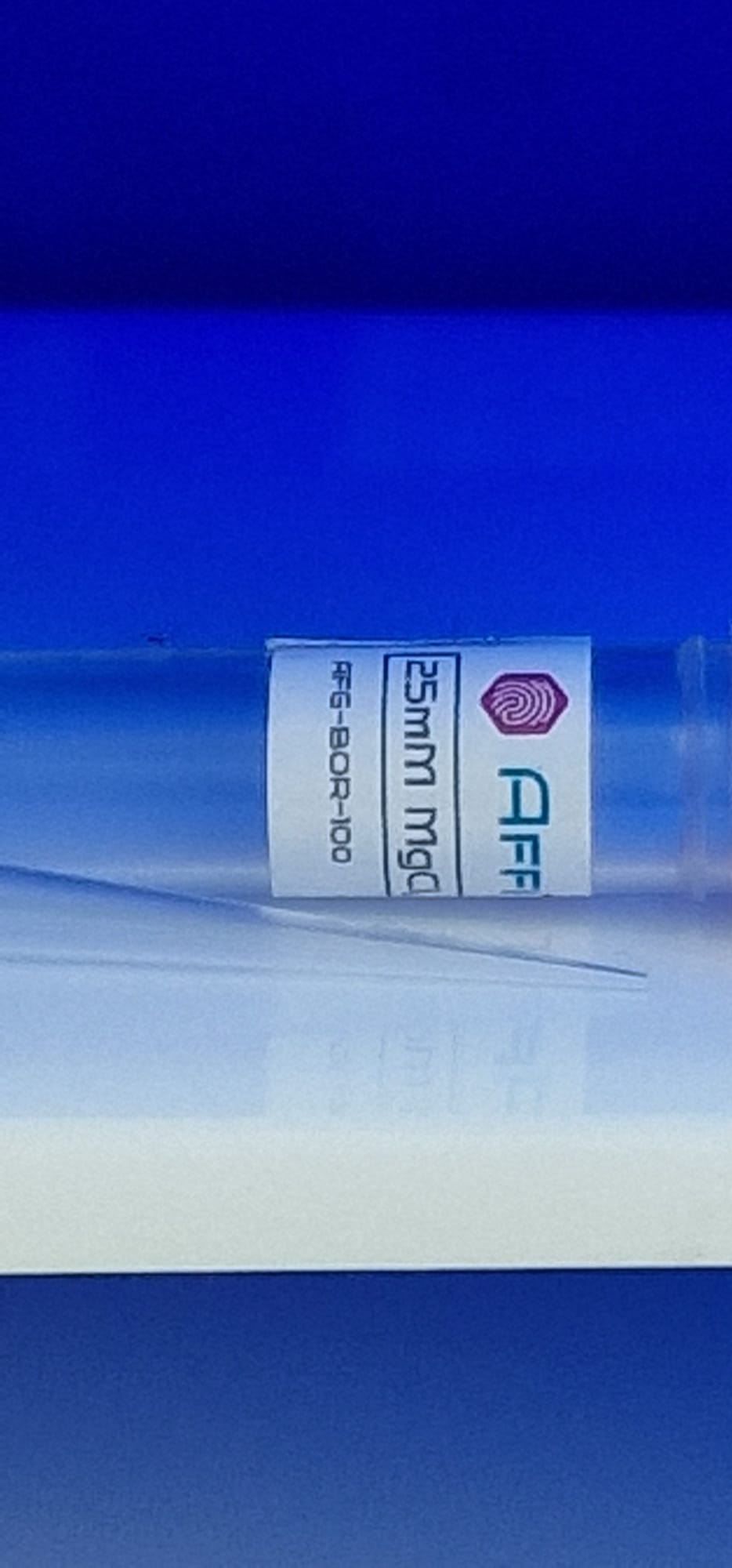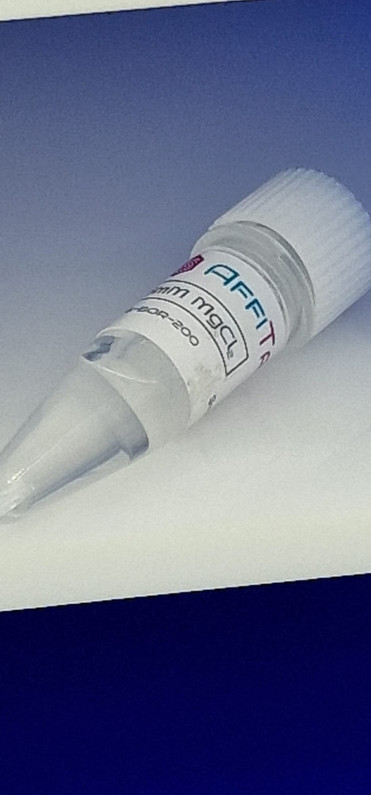How Gentaur Delos Lab makes cDNA?
To generate cDNA (complementary DNA) Gentaur uses these steps:
Isolation of RNA:
Extract RNA from the desired tissue or cell samples. This can be done using commercially available RNA isolation kits, such as TRIzol or RNeasy kits. Ensure that the RNA isolation method chosen is appropriate for the specific sample type.

Reverse Transcription (RT):
Perform reverse transcription to convert the isolated RNA into cDNA. This involves using reverse transcriptase enzyme to synthesize cDNA from RNA templates. Key components typically include:
RNA sample (isolated in step 1)
Oligo(dT) primers or random hexamers:
These primers anneal to the poly(A) tail of mRNA molecules or bind randomly to the RNA template, respectively.
Reverse transcriptase enzyme: Catalyzes the synthesis of cDNA from RNA.
Buffer solution:
Provides the appropriate pH and ionic conditions for the reverse transcription reaction.
Nucleotides (dNTPs):
Provide the building blocks (A, T, G, C) for cDNA synthesis.
PCR Amplification (Optional):
If desired, the cDNA can be further amplified using PCR (polymerase chain reaction) to increase the amount of DNA available for downstream applications. PCR primers specific to the target genes or regions of interest are used for this amplification step.
Quality Control:
Assess the quality and quantity of the synthesized cDNA using methods such as gel electrophoresis, spectrophotometry, or fluorometry. Verify the presence of cDNA bands of the expected size and assess the purity and concentration of the cDNA samples.
Storage: Store the cDNA samples appropriately to maintain their stability and integrity for future experiments. Typically, cDNA samples are stored at -20°C or -80°C to prevent degradation.

Our cDNA synthesis kits are available with optimized reagents for efficient cDNA synthesis.
Recent Posts
-
How Gentaur Delos Lab makes cDNA?
To generate cDNA (complementary DNA) Gentaur uses these steps: Isolation of RNA: Extract …9th Feb 2024 -
-
Western blotting: Technique, Theory, and Trouble Shooting
Western blotting is an important technique used in cell and molecular biology. By using a weste …13th Oct 2021



